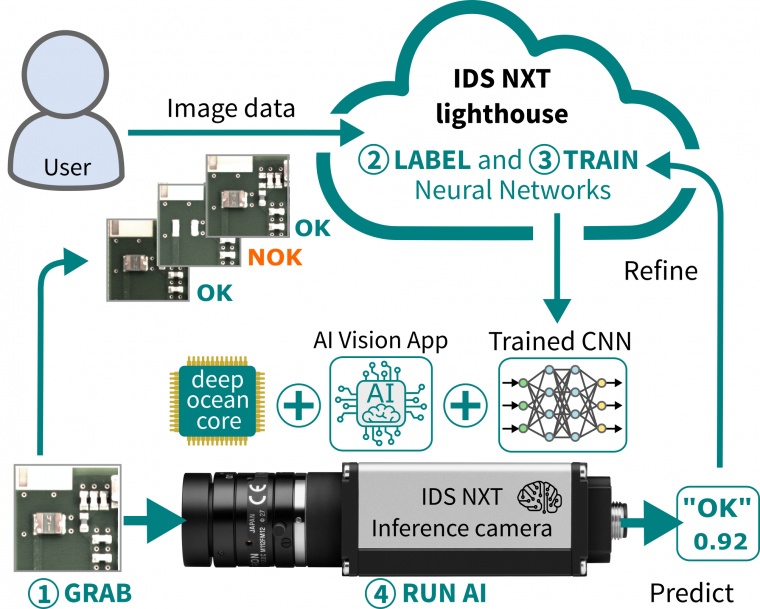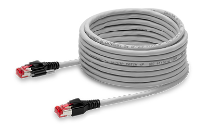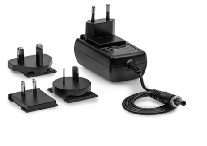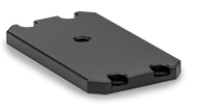|
||||||||||||||||||||||||||||||||||||||||||
|
||||||||||||||||||||||||||||||||||||||||||
iDS NXT Ocean: A simplified Artificial Intelligence workflow experience
Back
to Newsletter
Go to iDS NXT Ocean Product Page
Go
to iDS Cameras
Go to High-resolution Colour Cameras
Go to High-resolution Monochrome Cameras
Go to GigE Cameras
|
iDS NXT
Ocean editorial two of four: How to label images for the IDS NXT
ocean AI workflow
|
|
|
Click
here to see our editorial on the "grab" element. In this,
part two, we will cover the steps required to upload images to the
iDS NXT Lighthouse web-based AI training service and explain how
to apply labels and annotations to the images for classification
and object detection tasks. |
 |
|
The first step in this process is to open iDS NXT Lighthouse in a web browser and then proceed to log-in. As seen below, the NXT Lighthouse platform has a simple-to-follow interface. The next step is to open the "data sets" section in the top left hand corner of the screen. In this section users can add new image data for training and can view any existing data sets. To create a new data set, you click on the large "+" icon. When here users can enter a text title for the data set, a brief description of the data set as well as add a thumbnail image from a PC's local drive. Next, click on the "image data" tab where images that have been acquired can be added to a data set. Users will then click "add", then "add folders" and then we click "add" again on the resulting dialogue. When here users can navigate to the folder on the PC that contains the images needed for the intended data set. Users will then see a preview of the images. After you choose the appropriate labeling, click upload to complete the process. |
|
|
For object classification with the iDS NXT all that is required of users is for data sets to be created and images to be uploaded and then appropriately labeled. Similarly for object detection users will need to add labels to specific regions within the image. In some cases - you can use the same data sets for object classification and object detection. In this editorial we will give an example on how to label for detection. Labeling for classification is even simpler. The first step of labeling for object detection, is to create the bounding box annotation which is used to draw around each of the objects in the images. By clicking on the first image in the data set you see the full image, as well as a new toolbar on the right of the screen for annotations. It's here that users should now expand the boxes section, choose a colour, give the box a name to reflect the object class and click the "add" button. This box is now available as a template for the object detection annotation process. Now users can draw boxes around each instance of the detection class in the image and when all of the objects in the image are annotated click "save" and "next" to proceed to the next image. If dealing with multiple detection classes the NXT Lighthouse platform allows users to add subsequent boxes with different colours and labels. Once users have completed the labeling process iDS Lighthouse displays statistics on the number of images in the data set and the number of instances of an object. To conclude the process, the last tab on the "display annotations" provides an overview of all of the labels, box names and layouts associated with this data set allowing users to edit as required. And just like that, the process of labeling and making annotations for classification or object detection is complete. |
|
|
In the next editorial we will discuss creating projects and learn how to train and build our neural networks. The NXT Ocean package is designed specifically for tasks related to object analysis and classifications for quality assurance. This workflow maximises the efficiency of your application as it makes it a lot simpler and more flexible. The iDS NXT Ocean package can be purchased as individual components or in a kit to simplify initial purchase. See below for more information on this kit. |
|
| What the iDS NXT Ocean kit includes | |
|
iDS Rio camera with |
iDS NXT Rio is a fully-fledged standard industrial camera that can execute neural networks with hardware acceleration giving inference times of a few milliseconds thanks to the integrated, specially developed AI core ("deep ocean core"). Thanks to features such as C-Mount, GigE network connection with RJ45 connector, a serial RS232 interface and REST web interface, this model is ideally suited for use in industrial environments. With the Sony global shutter CMOS sensor the camera is suitable for customers with high demands on image quality, dynamic range and sensitivity. It provides a resolution of 1.6 MP at 3.45 µm pixel size. The iDS NXT Rio GS29016 is available in monochrome or colour. |
|
6 Month license for
|
|
|
The iDS NXT Lighthouse cloud software allows
those without expertise in the area of artificial intelligence or
camera programming to train an AI classifier with their own image
data. As a web application, the necessary means to create the neural
network are immediately available, meaning you wont have to initially
set up your own development environment.
Subsequently you can start on your own neural network straight away. Image processing can take place entirely or partially on the camera FPGA, this reduces bandwidth and computing load. |
|
| The iDS NXT Ocean kit also includes: | |||
|
High quality lens
|
Gigabit Ethernet Cable
|
Camera power supply with necessary adapters
|
Camera tripod adapter
|
|
Specifications
|
iDS NXT Rio
GS29016
|
||
|
Sensor Type
|
CMOS Colour
|
||
|
Shutter
|
Global Shutter
|
||
|
Sensor characteristic
|
Linear
|
||
|
Resolution
|
1456 x 1088 Pixel
|
||
|
Pixel Size
|
3.45 x 3.45 um
|
||
| Need
a price or more application information? Please
email Adept Turnkey or call our offices Adept Turnkey Pty Ltd is "The Machine Vision and Imaging Specialists" and distributor of iDS products in Australia and New Zealand. To find out more about any iDS product, please call Adept Turnkey at Perth (08) 9242 5411 / Sydney (02) 9905 5551 / Melbourne (03) 9384 1775 or contact us online. |
|||
|
If you like this page, please recommend and share it. |
|||
| More | |||








